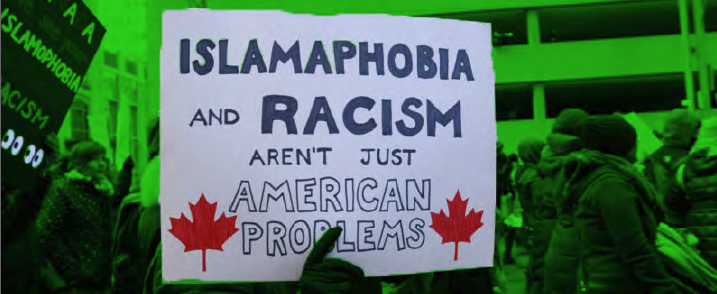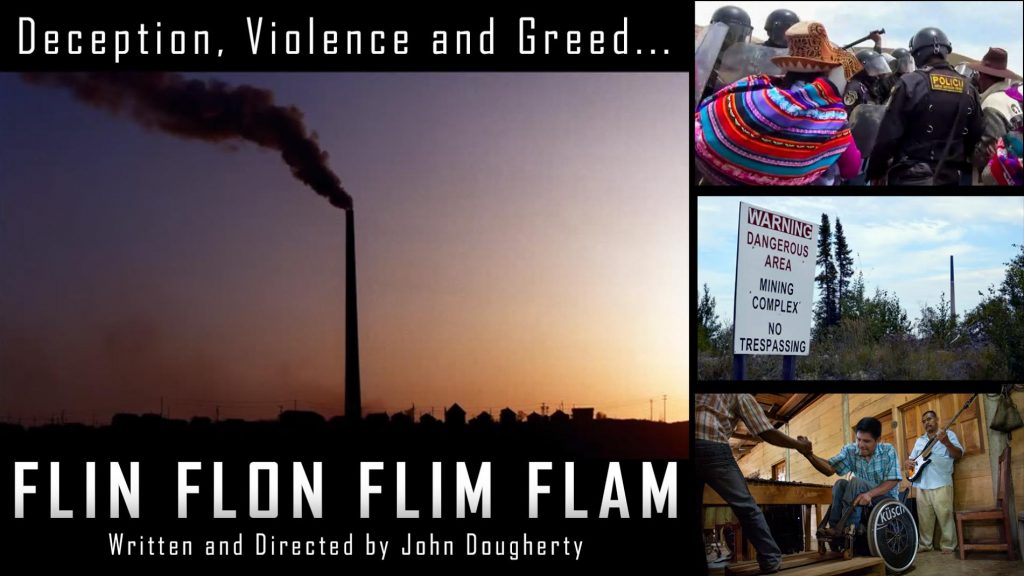By Monia Mazigh
Immediately after 9/11, in December 2001, Canada passed its first anti-terrorism legislation despite the fact that it wasn’t affected by any terrorist attacks at that time.
Never was legislation adopted as quickly as the Anti‑terrorism Act (ATA) of 2001.
Seen from the outside, the legislation was written to tackle and prevent ‘terrorism.’ In reality, the ATA targeted mainly Muslim individuals and groups, but also other groups considered by Canadian intelligence agencies to pose a threat to the political, social or economic interests of Canada. Financial and human resources were diverted and increased to spy on Muslims at work, in their places of worship, and on university campuses.
Muslims came to represent the ‘Other’ who Canadians should fear or suspect to be violent or prone to violence because of their religious beliefs. This was not the result of any empirical or scientific studies. Rather, because the perpetrators of the 9/11 attacks were Muslims, all Muslims became guilty by ‘association.’
In 2002, three Canadian Muslim men – Maher Arar, Abdullah Almalki and Ahmad Elmaati – were either rendered or arrested upon their arrival in Syria and Egypt, and later detained and tortured at the request and with the complicity of the Canadian government. A few years later, another Canadian man – Muayyed Nureddin – shared the same tragic fate of being detained, tortured and imprisoned at Canada’s request. It took almost a decade before the Canadian government acknowledged its wrongdoing. However, this didn’t stop Canada from enforcing the anti-terrorism legislation nor from continuing to arrest and convict Muslims under this legislation. So far, even though there have been several non-Muslim perpetrators of acts that meet the Canadian legal definition of terrorism and have often resulted in many more casualties – such as the Quebec city mosque shooting – Muslim individuals make up nearly all those charged and convicted under anti-terrorism legislation for which the threshold of guilt is lower than for any other criminal acts.
In the last two decades, several Muslim Canadians were detained abroad by oppressive regimes that used anti- terrorism legislation or the so-called “global War on Terror” to justify arresting, imprisoning and silencing political opponents, or individuals opposed to the regime. Canada kept its head in the sand and barely lifted a finger to help these individuals until public campaigns were organized by family, friends and human rights activists to release them.
That was the case of the Canadian citizen Abousfian Abdelrazik who spent about six years in Sudan, both in prison and eventually in the Canadian Embassy in Khartoum. Upon his return, he declared that CSIS had told him, “Sudan will be your Guantanamo.” The Canadian government refused to deliver him a Canadian passport. They put up many obstacles for his return home, including threatening to charge anyone who contributed to his plane ticket with financial support of an individual on the UN 1267 terrorist sanctions list (even though Canada had urged the UN to remove Abdelrazik from it). In the end, a group of Canadian citizens defied the government and paid for Abdelrazik’s plane ticket. Luckily, no one was charged.
Benamar Benatta is an Algerian refugee who arrived in Canada from the US in 2001 after his visa expired. He claimed refugee status in Canada but because he had been a pilot in the Algerian military, he was racially and religiously profiled. Canadian authorities turned him over to American officials who imprisoned him for five years even after he was cleared of any suspicion of terrorism.
Following the Arab Spring of 2011, Khalid Al Qazzaz, a Muslim permanent resident studying in Toronto, travelled to Egypt to work for the newly-elected Egyptian president. He was arrested and detained by the military following a coup in 2013. His Canadian wife and their four children were barred from travelling back to Canada, their assets were frozen by the Egyptian authorities and Canada did little to press the Egyptian authorities for his safe return. Eventually, he was able to return to Canada following a campaign by family members and civil society groups.
The Canadian businessman, Salim Alaradi, was kidnapped, tortured and arbitrarily detained by the United Arab Emirates in 2014 on account of his trade ties with Libya, and the influence and political interference of the UAE in that country. He was eventually freed and returned to Canada in 2016.
In 2019, Yasser Albaz, another Canadian businessman, was arrested in Egypt and imprisoned without charges until a campaign by his family and friends helped to release him and bring him home in July 2020.
If these men weren’t Muslims, would they have been arrested, imprisoned and tortured? If these men weren’t Muslims, would Canada have remained silent and reluctant in defending their rights, or worse, been complicit in the abuse of their rights? Just think of the Canadian government’s outcry at the arrest of the two Michaels by China in 2018.
Meanwhile in Canada, in 2006, Muslim men were arrested and charged for planning to detonate truck bombs and attack the Canadian Parliament, the CBC headquarters and CSIS offices. The Toronto 18 was a group of eighteen Muslim Canadian men who were arrested and charged under the Anti‑terrorism Act. Seven pleaded guilty, three adults and one youth were convicted and released after a few years, four adults and two youths were released after the charges against them were stayed, and one youth had his charges dismissed. Despite public knowledge that the group had been infiltrated and enticed to plan those attacks by an informant working for and paid by a CSIS agent, these individuals were portrayed in the media as homegrown terrorists and harshly convicted accordingly.
Then, using and stoking the fresh fear-mongering around Daesh, the former Harper government passed the Anti‑ terrorist Act of 2015, formerly known as the infamous Bill C-51. Once again, this bill violated fundamental rights, especially of Muslim Canadians, particularly through secretive new powers for CSIS, expanding and codifying the No Fly List, and creating vast new information sharing powers.
Over the following years, Muslim Canadians who travelled to military zones controlled by Daesh were automatically labelled terrorists. They have been denied due process and are now being held in indefinite detention, in conditions akin to torture and with little prospect of release, including many children born there.
This is what Islamophobia looked like to me during the past 20 years. We must unite in our resistance and opposition to these unjust and discriminatory laws so we can build a society free of Islamophobia.
Monia Mazigh is an academic, award-winning author and human rights activist. She was the ICLMG National Coordinator in 2015 and 2016. moniamazigh.wordpress.com
Since you’re here…… we have a small favour to ask. Here at ICLMG, we are working very hard to protect and promote human rights and civil liberties in the context of the so-called “war on terror” in Canada. We do not receive any financial support from any federal, provincial or municipal governments or political parties. You can become our patron on Patreon and get rewards in exchange for your support. You can give as little as $1/month (that’s only $12/year!) and you can unsubscribe at any time. Any donations will go a long way to support our work. |





